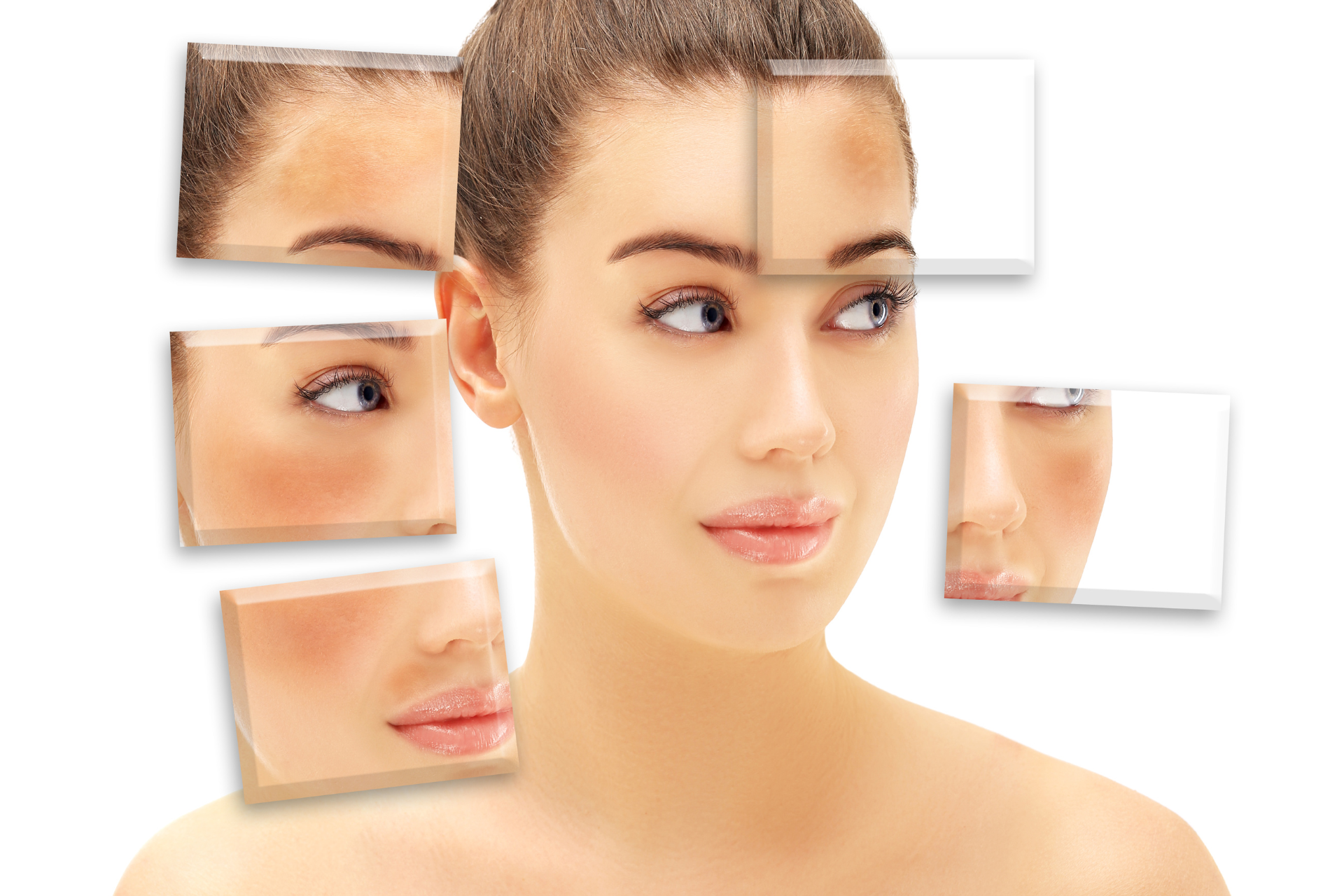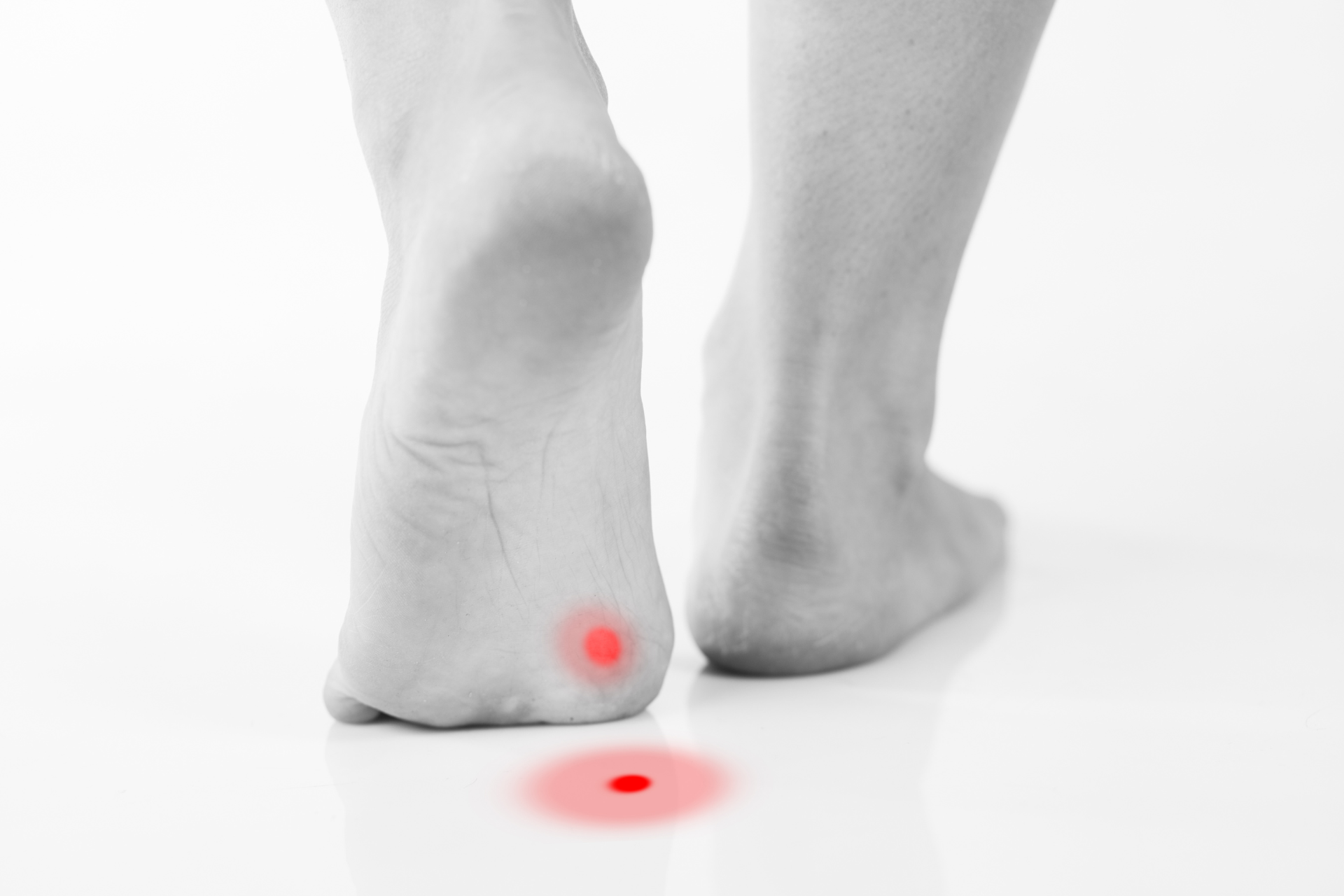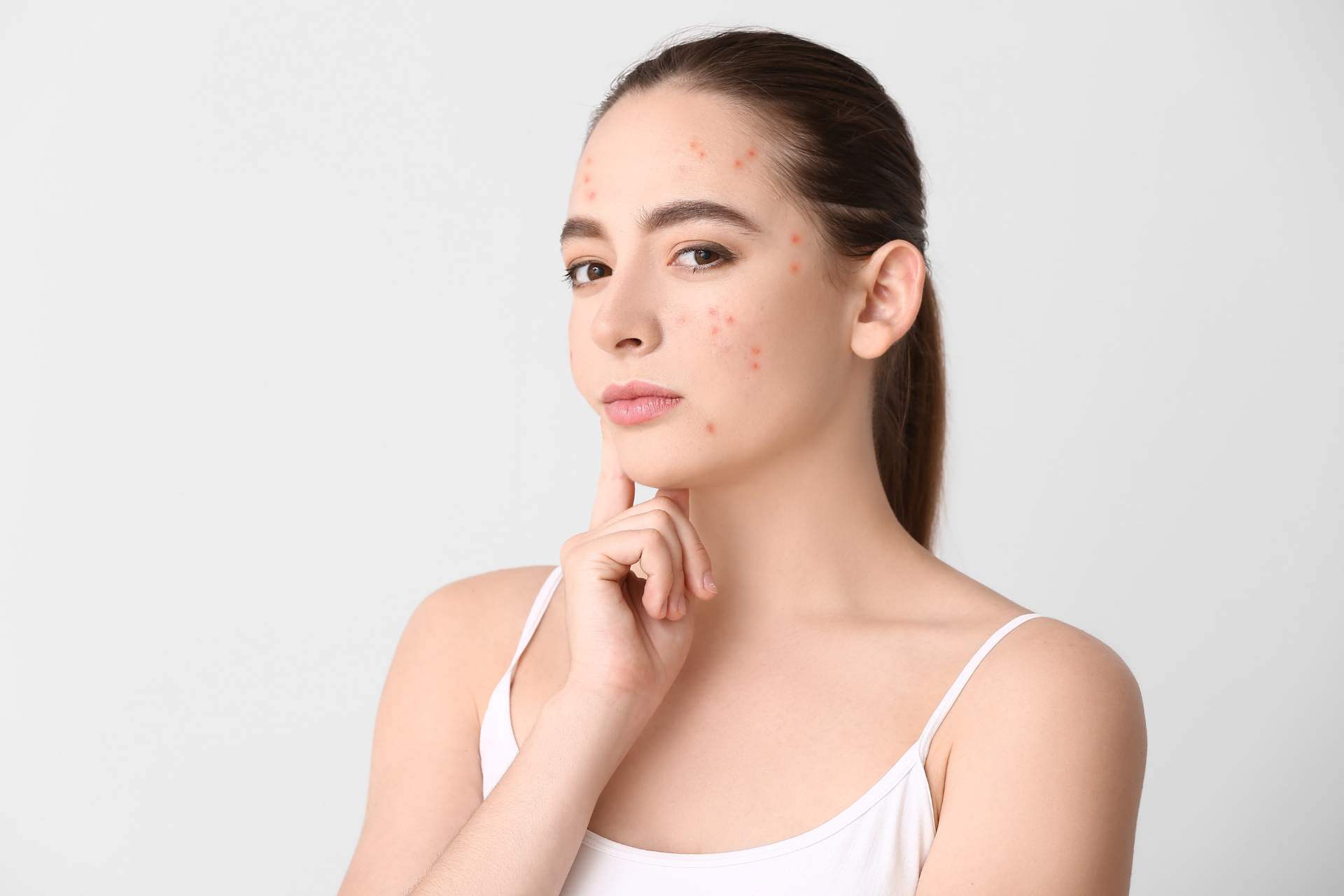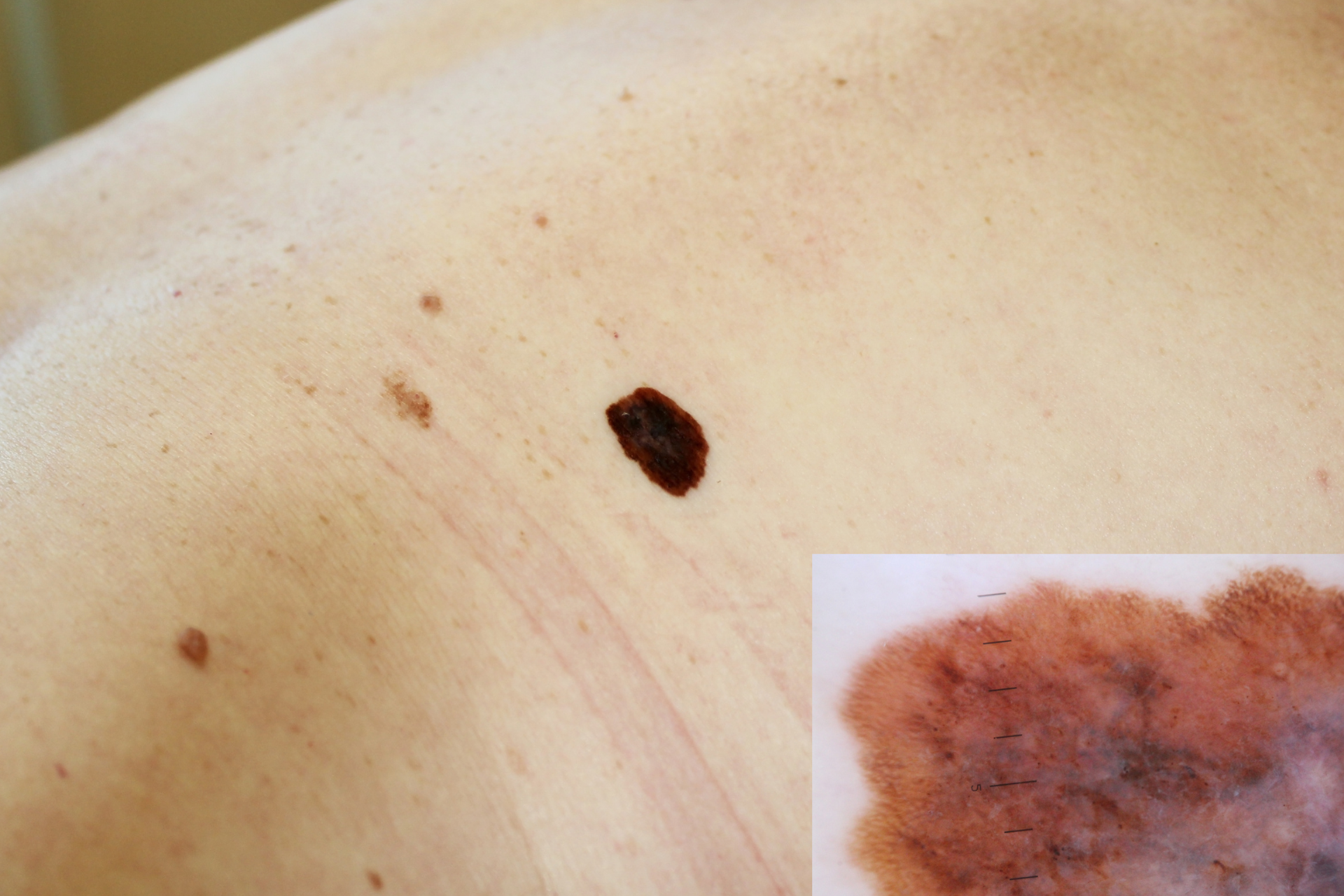Understanding and Treating Hyperpigmentation and Age Spots

As we age, our skin develops unique patterns that tell the story of our lives, one of which is hyperpigmentation. This condition is characterized by darker patches on the skin, often appearing in areas most exposed to the sun over the years. At Fall Creek Skin and Health Clinic, we believe that understanding hyperpigmentation and age spots is crucial for effective treatment and maintaining healthy skin.
What Are Hyperpigmentation and Age Spots?
Hyperpigmentation occurs when excess melanin, the pigment responsible for skin color, is produced in certain areas. This can manifest in various forms, including age spots, sunspots, and melasma. Age spots, also known as liver spots or solar lentigines, typically appear as flat, brown, or black spots on sun-exposed areas like the face, hands, shoulders, and arms. While they are not harmful, many people seek treatment for cosmetic reasons.
Causes of Hyperpigmentation
The primary cause of hyperpigmentation is prolonged exposure to the sun. Ultraviolet (UV) radiation stimulates melanin production, leading to darker patches. However, other factors can contribute to the condition, such as hormonal changes, certain medications, and skin injuries like cuts or acne. Additionally, genetic predisposition plays a role; if your family has a history of hyperpigmentation, you may be more susceptible.
Preventing Hyperpigmentation
Preventing hyperpigmentation begins with protecting your skin from UV rays. Here are some effective strategies:
1. Sunscreen
Regularly apply broad-spectrum sunscreen with an SPF of at least 30, even on cloudy days.
2. Protective Clothing
Wear hats and long-sleeved shirts when spending extended time outdoors.
3. Limit Sun Exposure
Try to avoid being in the sun during peak hours (10 a.m. to 4 p.m.).
4. Healthy Lifestyle
Maintaining a balanced diet, staying hydrated, and avoiding smoking can also support skin health.
Treatment Options
If you’re struggling with hyperpigmentation or age spots, a variety of treatments can help lighten these patches and restore an even skin tone. At Fall Creek Skin and Health Clinic, we offer individualized treatment plans tailored to your specific skin type and concerns.
1. Topical Treatments
Over-the-counter products containing ingredients like hydroquinone, retinoids, and vitamin C can help reduce hyperpigmentation. Prescription-strength options may also be available through our clinic.
2. Chemical Peels
This treatment involves applying a chemical solution to exfoliate the skin, promoting new cell growth and helping to eliminate dark spots.
3. Laser Therapy
Lasers target and break down melanin accumulation in the skin, promoting a more uniform complexion.
4. Microdermabrasion
This non-invasive procedure gently exfoliates the skin, disrupting the pigment and revealing healthier, brighter skin underneath.
Conclusion
Understanding and addressing hyperpigmentation and age spots is essential for anyone looking to maintain healthy, radiant skin. Our team at Fall Creek Skin and Health Clinic is here to help guide you through understanding your skin and finding the most effective treatments for your needs. Don’t let age spots define your skin—schedule a consultation today and take the first step towards a more beautiful you!




